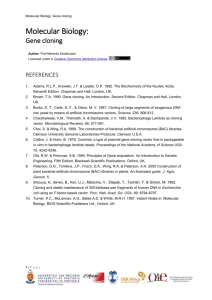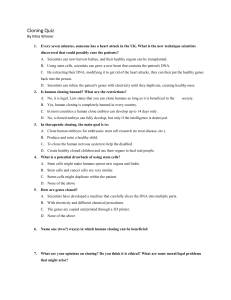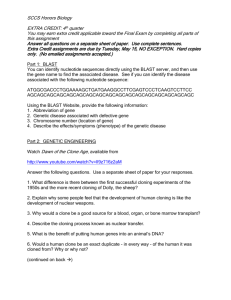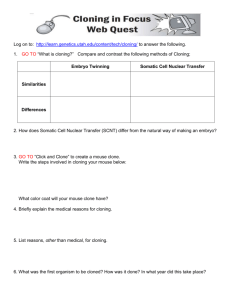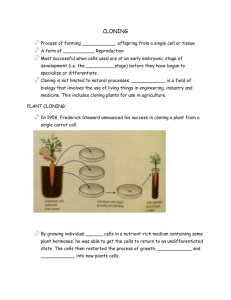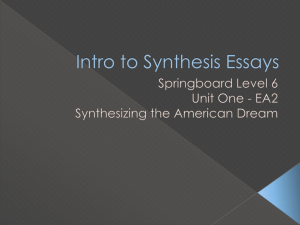cloning - Gyanpedia
advertisement
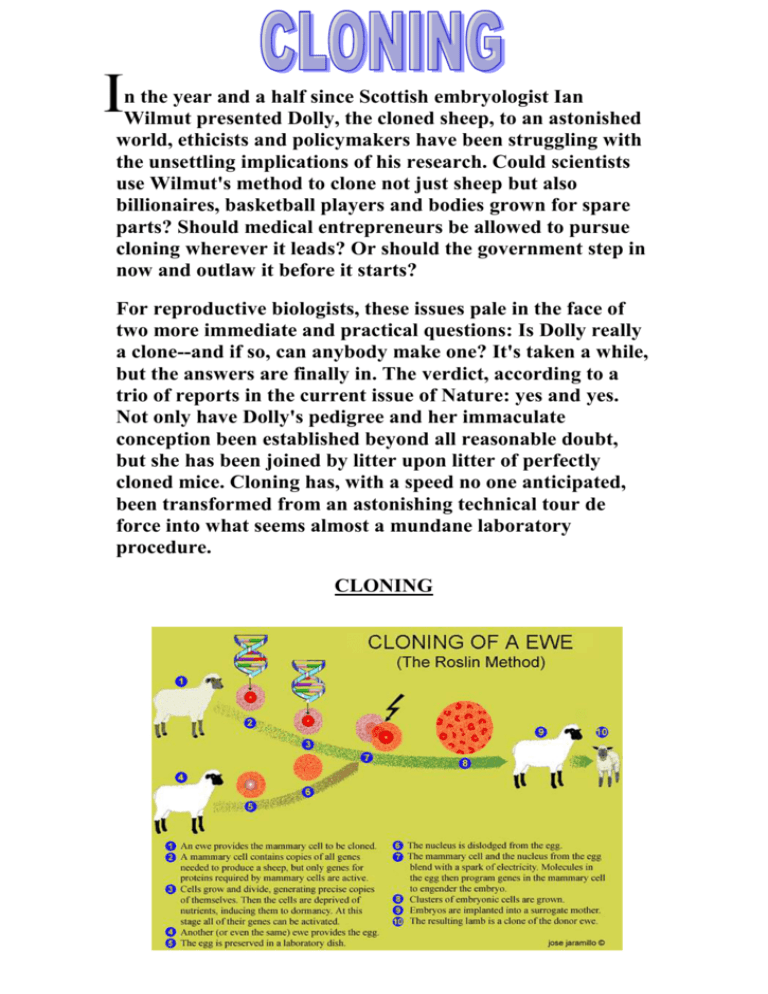
n the year and a half since Scottish embryologist Ian Wilmut presented Dolly, the cloned sheep, to an astonished world, ethicists and policymakers have been struggling with the unsettling implications of his research. Could scientists use Wilmut's method to clone not just sheep but also billionaires, basketball players and bodies grown for spare parts? Should medical entrepreneurs be allowed to pursue cloning wherever it leads? Or should the government step in now and outlaw it before it starts? For reproductive biologists, these issues pale in the face of two more immediate and practical questions: Is Dolly really a clone--and if so, can anybody make one? It's taken a while, but the answers are finally in. The verdict, according to a trio of reports in the current issue of Nature: yes and yes. Not only have Dolly's pedigree and her immaculate conception been established beyond all reasonable doubt, but she has been joined by litter upon litter of perfectly cloned mice. Cloning has, with a speed no one anticipated, been transformed from an astonishing technical tour de force into what seems almost a mundane laboratory procedure. CLONING For decades, the cloning of adults — animals or humans — has been largely the stuff of science fiction. Since the successful cloning of a six-year-old sheep, many of the assumptions and questions being raised have roots in the fictional: Could parents one day clone their fatally ill children? Could Hitler or the Incan Ice Mummy be brought back to life? Would humans be cloned solely to cannibalize their organs? TIME examines the most controversial topic in the field of science. TYPES OF CLONING Human cloning can either be reproductive or theraputic (2). In reproductive cloning, an embryo that has been cloned is implanted into a woman's womb. Thus, a living human being will be produced (providing there are no complications) as a cloned child (2). This is a form of asexual reproduction, as shown below. MOLECULAR CLONING Molecular cloning—not to be confused with cell cloning or whole animal cloning—is an important tool in our endeavour to understand the structure, function and regulation of individual genes and their products. An important resource is the creation of a DNA library, which is a complete collection of DNA fragments, each located singly within a cloning vector that is capable of replication when transferred to an appropriate host cell. Two distinct types of library can be formed, depending on whether the cloned DNA was derived by fragmentation of the genome (genomic library) or was copied from cellular messenger RNA (cDNA library). The following basic steps are involved in the molecular cloning of genes Embryo Cloning Cloning embryos is similar to what happens naturally when identical twins are created in the womb. We all start as a one-celled organism. Normally, the cell divides and differentiates to make one human. With identical twins, as the cell divides it separates into two separate, individual cells. The two separate, individual cells continue to divide and differentiate independently, and develop into two unique humans with identical genetic makeups, identical genomes . In contrast, embryo cloning is mechanically forcing a cell to divide into two separate, individual cells. These grow and develop separately, thereby creating identical twins. Once an egg has been fertilized by sperm it soon starts dividing. If it divides into an eight cell embryo and those eight cells are separated, those cells can be implanted into the uteri of eight separate mothers. Then eight clones will be born of different mothers. Uses of Cloning All of the uses of cloning are still unknown, as until (or if) the process is complete, there are endless possibilities in the new technology. Through the links mentioned within this site, many uses for cloning were addressed, some more practical than others, ranging from cloning of specific organs to end the need for donors to creating the genetic replica of a recently deceased love one. Any advancement in genetic engineering will aid in continuing to develop methods of gene therapy. • The mass production of animals engineered to carry human genes for the production of certain proteins that could be used as drugs; the proteins would be extracted from the animals' milk and used to treat human diseases. • The mass production of animals with genetically modified organs that could be safely transplanted into humans. • The mass production of livestock that have been genetically modified to possess certain desirable traits. • The perpetuation of endangered species. • The production of offspring by infertile couples. • The production of offspring free of a potentially disease-causing genetic flaw carried by one member of a couple; the individual without the defect could be cloned.




